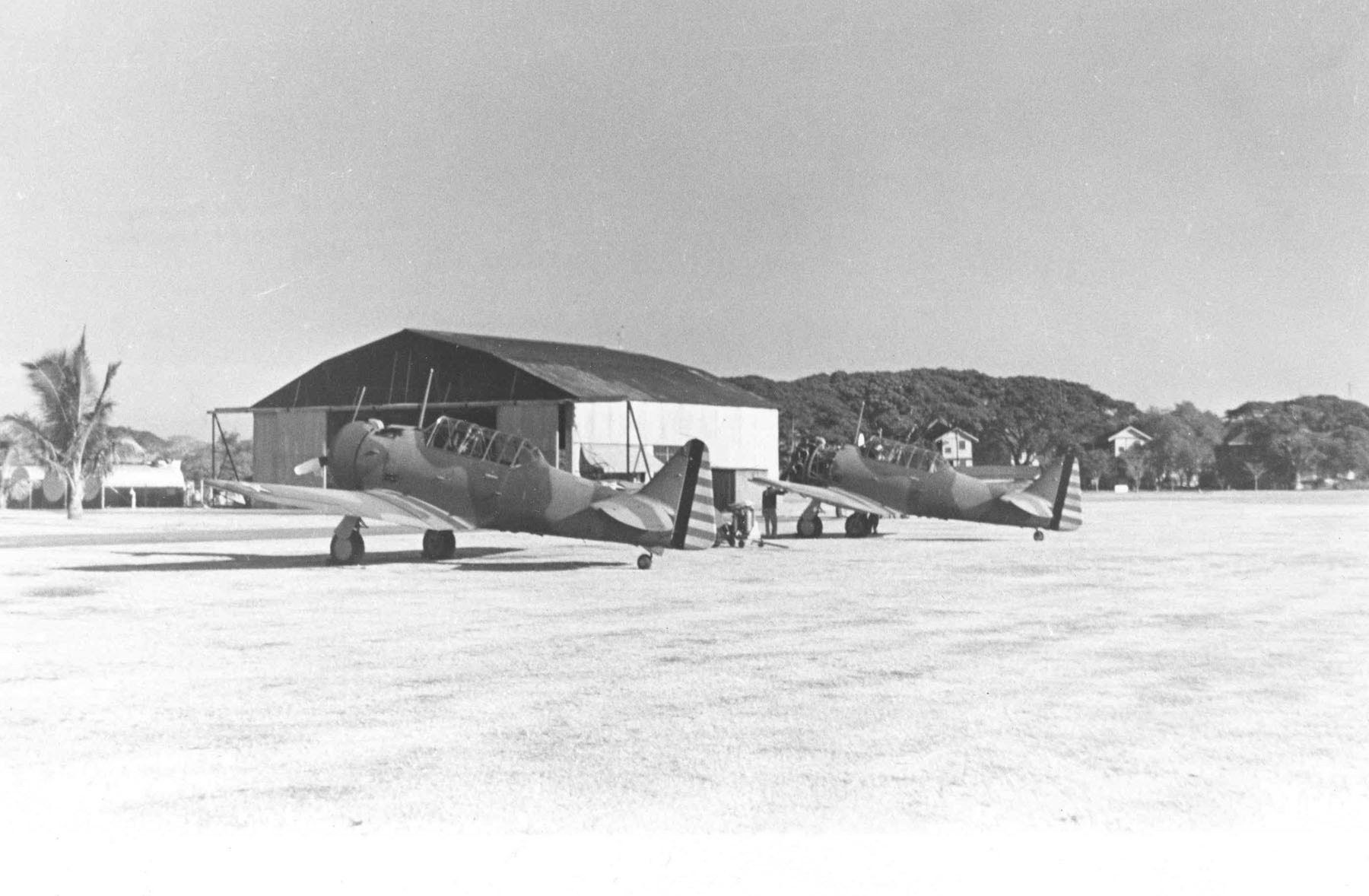Reprisal camp. Inhuman hell-hole. The pits.
American and Filipino prisoners of war during WW2 left the Nichols Field work camp sick, hungry, emaciated, and almost unable to stand.
Some, like Private Norman Hinckley, never left at all.
Here’s why.
A strategic US base
Nichols Field was a U.S. military airfield located in Pasay, just south of Manila in The Philippines. Established in 1919 as Camp Nichols, when the Philippines was a U.S. colony, the field was strategic for defense of Manila and Luzon island’s coast.
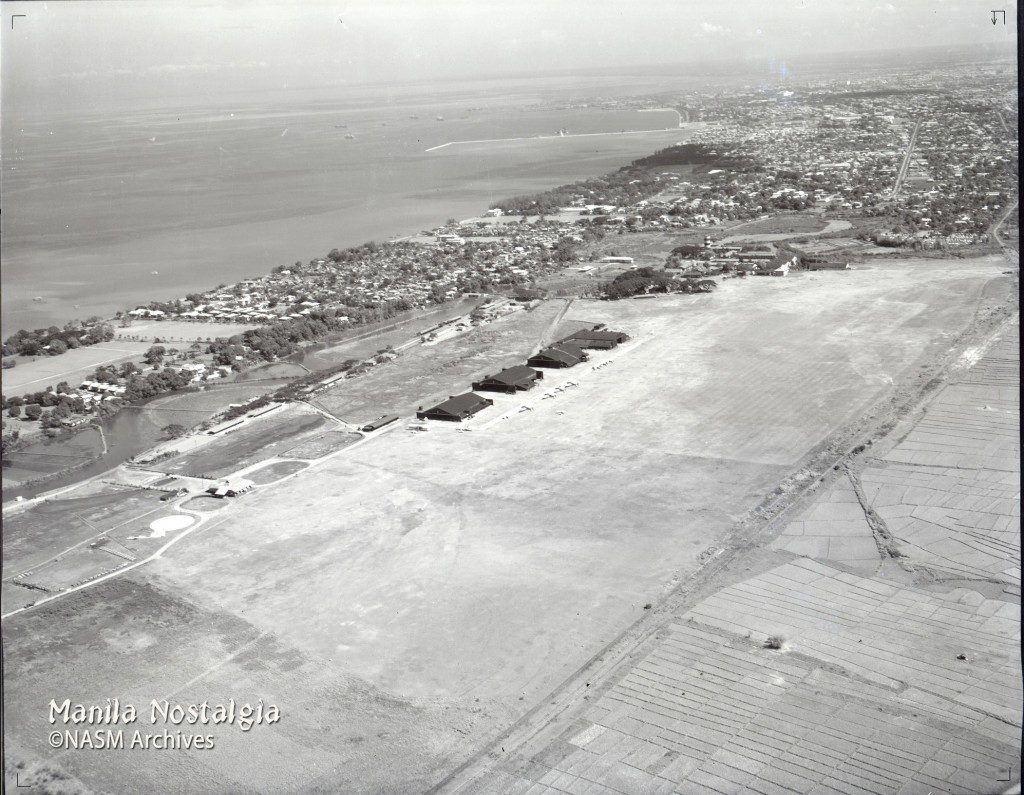
Image 1. Nichols Field viewed from the southeast with Manila city and Manila Bay in the upper background, c. 1937. The Officers Club is in the center left (building with white roof). Flight line and hangars are in the center. Barracks, Officers Quarters, Headquarters, and Philippine Air Depot are in the upper right.
Image 2. Hangers at Nichols Field, Pasay, Philippines, c. 1930s. This photograph is in the collection of John and Jeremy Tewell. 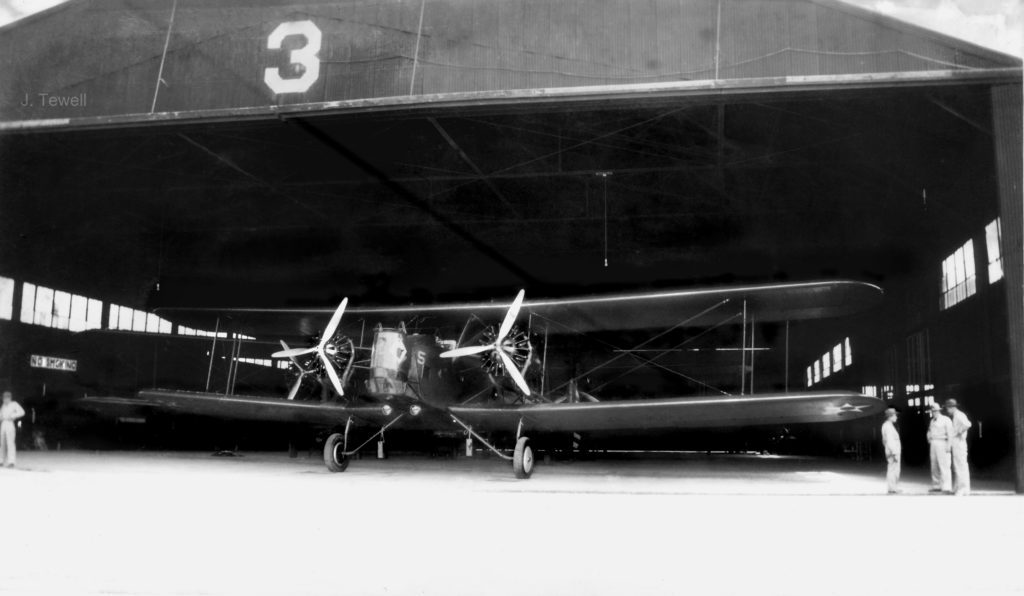
Image 3. An American Keystone B-3 in hanger 3 at Nichols Field, c. 1930s. As of 2012, this hanger was still standing and in use at the airport where Nichols Field once was located. This photograph is in the collection of John and Jeremy Tewell.
Fall to Japanese forces
The Japanese began bombing Nichols Field on December 9, 1941–just 24 hours after the attack on Pearl Harbor in Hawaii. The attacks decimated most of the U.S. aircraft. All U.S. Far East Air Force (FEFA) personnel withdrew from the airfield, and Japanese forces occupied is on December 28, 1941.
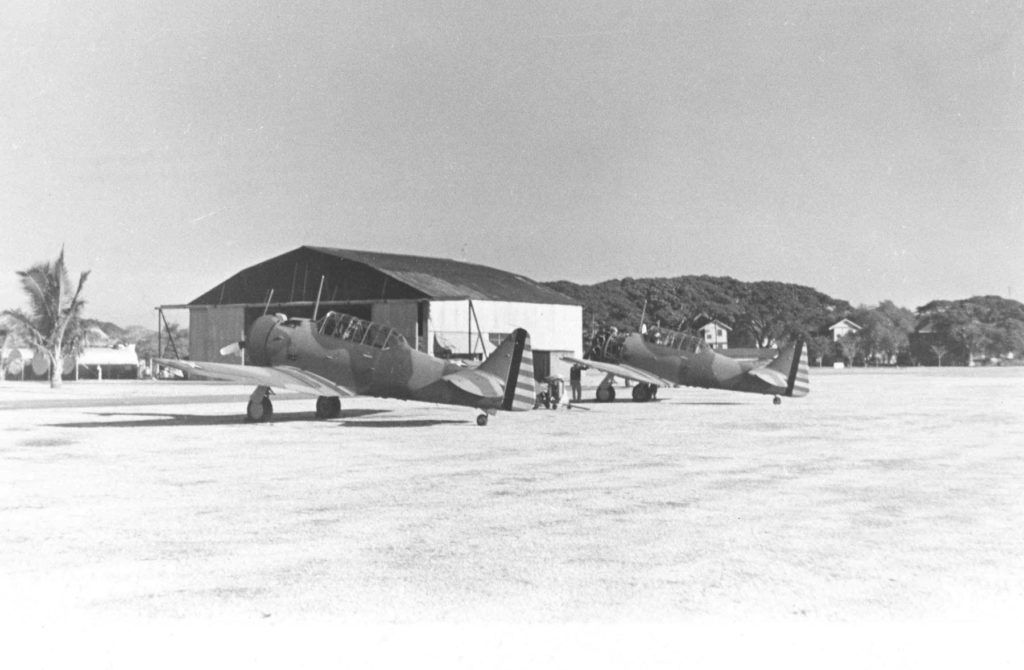
Image 4. Two North American A-27s of the 17th Pursuit Squadron at Nichols Field, in 1941. All of the A-27s at Nichols Field were destroyed when the Japanese attacked the island.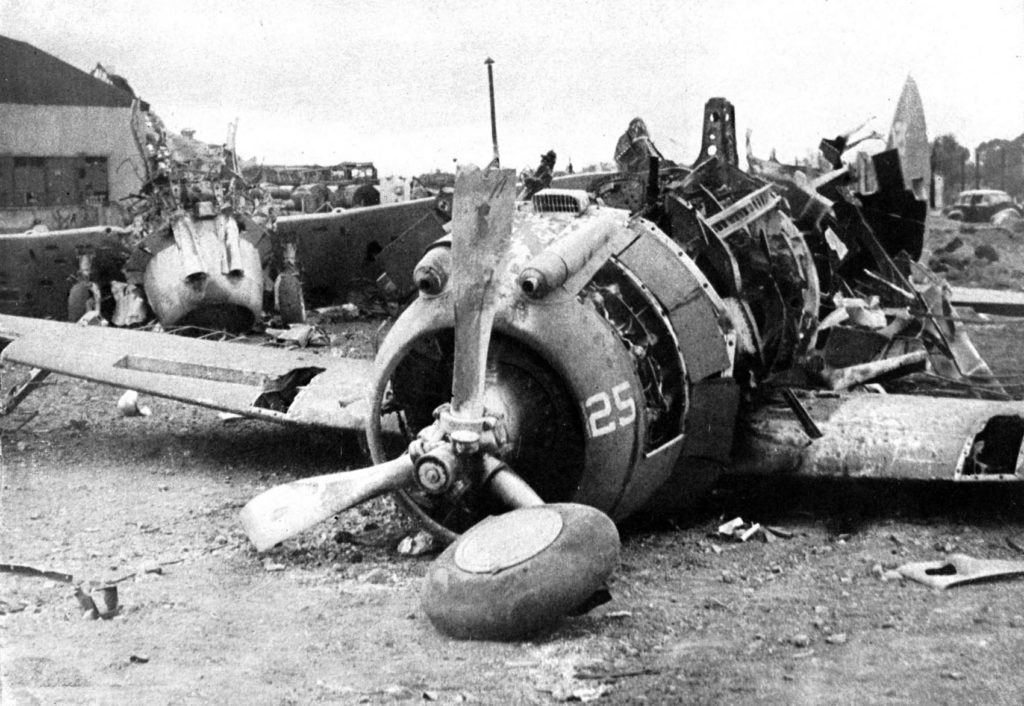
Image 5. Wrecked P-35s at Nichols Field in the wake of Japanese bombing attacks, December 10, 1941.
Nichols Field became a fighter base for the Japanese Imperial Naval Air Service. And they desired to turn it into to make it the Pacific’s largest air base.
A dreaded POW work detail
So, beginning in July 1942, Nichols Field became a work detail camp for American and Filipino POWs. The imprisoned men were forced to build that runway.
Prisoners were housed at the Pasay Elementary School, about 1 mile from the field. Former POW Al McGrew described his experience arriving at Pasay:
As the trucks groaned to a stop, we were prodded to the ground and lined up for a count. After the count, we were marched up on the front porch and into the school.
The building was rectangular, with a large courtyard in the center. We were lined up in the courtyard and stood waiting. In a short while Japanese guards came from the front of the building and counted off twenty men. These were herded to the first [class] room we passed when we entered from the front porch. The next twenty men were counted off and led to the second room….This continued until most of the rooms on that side of the building were occupied.
[In each classroom] a row of ten men slept at right angles to the aisle way, and the other ten…were located in the second row [with about 10 inches of space between rows]. Each of us placed our sparse belongings at the head of our “beds” to serve as a pillow. The thin, woven bamboo matting that covered the sleeping surfaces offered little protection for our now lean bodies….
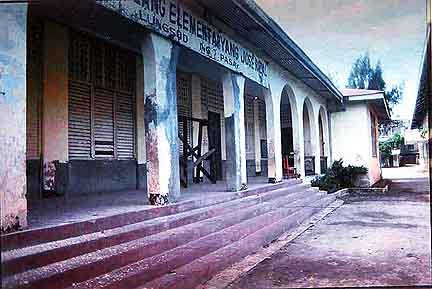
Image 6. Front steps of Pasay Elementary School, where Nichols Field POWs were housed. Photo by Al McGrew.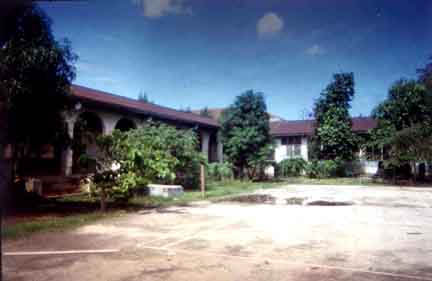
Image 7. POWs assembled in the Pasay Elementary School courtyard each morning and evening for roll call.
Photo by Al McGrew.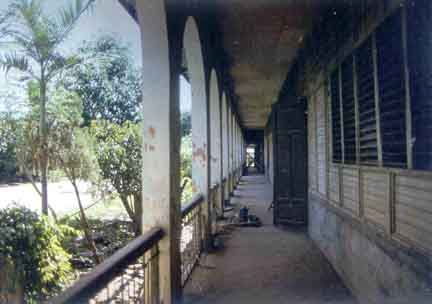
Image 8. Veranda of Pasay Elementary School leading to classrooms (ie, POW sleeping quarters). Photo by Al McGrew.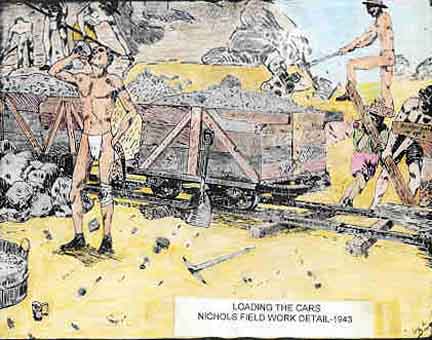
Image 9. POW work detail loading mine carts with dirt and rock as they built the new Nichols Field airstrip, 1943. Drawing from Al McGrew.
In order to build the large runways that the Japanese wanted, the POWs leveled hillsides by hand–with pick and shovel. They were forced to dig, day and night, at the base of a hill until the dirt collapsed. They then loaded the dirt and rocks into small mining carts and hauled it away. Men who couldn’t get out of the hillside collapse were buried alive.
Recapture by the Americans
In February 1945, Nichols Field was attacked and recaptured by American forces, receiving heavy damages during the battle. Once repaired, it again served as a US base.
After the Philippines gained complete independence from the United States, Nichols Field became headquarters for the Philippine Air Force. Today Ninoy Aquino International Airport shares the field with the air force headquarters.
Read next
- Read about Nichols Field in Alma Salm’s memoir: Pages 1-3
- Learn about some of the POWs assigned to Nichols Field: PFC Norman H. Hinckley Jr.
Know anyone who’d be interested in Luzon Holiday?
The greatest way to honor the servicemen and POWs is to share their story with the world. You’re a vital part of that. If you know anyone who would be appreciate this website, the memoir, or the POW bios, please consider sending them the link to this page or sharing this link on social media.
Sources
- Biography of James Henry Cowan, http://www.battleofbataan.com/biography.html, accessed 2 February 2019.
- Al McGrew, “Description by Al McGrew of his arrival at Pasay,” Pasay School POW Camp, Center for Research: Allied POWs under the Japanese, Roger Mansell, Palo Alto, California, http://www.mansell.com/pow_resources/camplists/philippines/nichols_pasay/mcgrew_arrives.html, accessed 2 February 2019.
- “Nichols Field,” https://en.wikipedia.org/wiki/Nichols_Field, accessed 2 February 2019.
- “Chart of POW Camps and Related Sites in the Philippines,” http://www.west-point.org/family/japanese-pow/POWSites-Philippines.htm, accessed 2 February 2019.
Images
- Image 1: NASM Archives, located on Manila Nostalgia, http://www.lougopal.com/manila/, accessed 2 February 2019.
- Image 2: John Tewell, Flickr, added 15 February 2012, https://www.flickr.com/photos/johntewell/6879644425/in/photostream/, accessed 2 February 2019.
- Image 3: John Tewell, Flickr, added 15 February 2012, https://www.flickr.com/photos/johntewell/6879642093/in/photostream/, accessed 2 February 2019.
- Image 4: U.S. Air Force, found on Wikipedia at https://en.wikipedia.org/wiki/Nichols_Field#/media/File:Two_North_American_A-27s_intercepted_from_order_from_Siam_on_Nichols_Field.jpg, accessed 2 February 2019.
- Image 5: USAF Museum, found on “America’s First Ace of WWII,” http://fly.historicwings.com/2012/12/americas-first-ace-of-world-war-ii/, accessed 2 February 2019.
- Images 6-8: Photos courtesy Al McGrew, found at “Pasay Camp (Nichols Field),” Center for Research: Allied POWs under the Japanese, Roger Mansell, Palo Alto, California, http://www.mansell.com/pow_resources/camplists/philippines/nichols_pasay/pasay_school_plot.html, accessed 2 February 2019.
- Image 9: Drawing courtesy Al McGrew, H Company, 60th CAC, who was captured on Corregidor, found on http://www.mansell.com/pow_resources/camplists/philippines/nichols_pasay/nichols_plot.html, accessed 2 February 2019.
